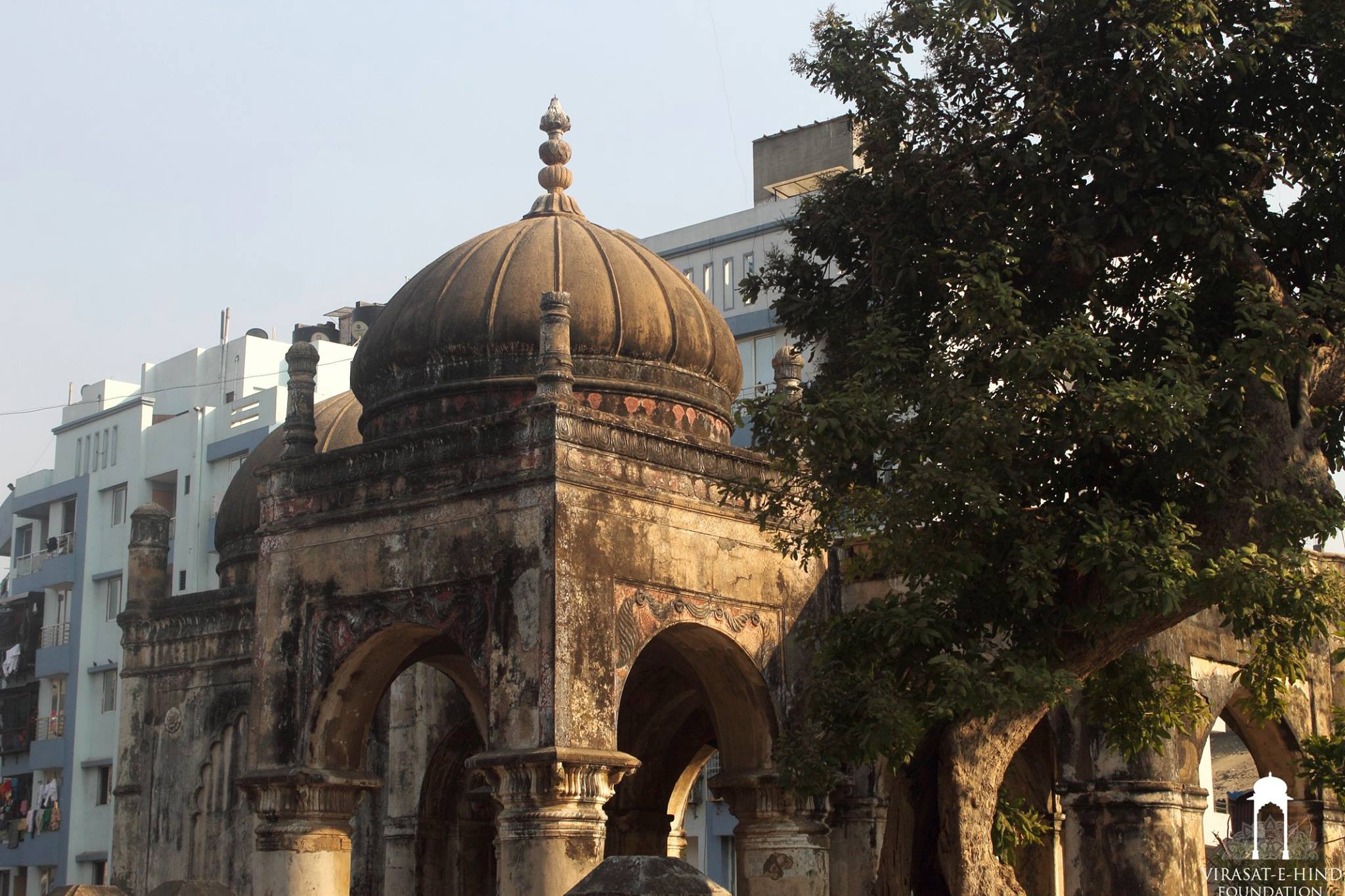Calcutta became a manufacturing and port city after the arrival of the British. It had a lot of factories and was very wealthy. And became a significant city for the British Empire. Some of the people who lived there were Jews, Britons, Armenians, and Indians.
They, in turn, poured money into elaborate colonial mansions, Victorian memorials, and a luxurious Western way of life virtually transplanted to the wilting jungle of West Bengal.
The British and Armenians left Calcutta. Leaving behind streets that eventually fell apart.
Armenians were close to each other because they worshiped together. They are known to be socialists, meaning they share things. Going to Church was a way for them to stay together and support each other.
How come there are Armenians all over the world?
One may ask the question, how come there is an Armenian in almost every country worldwide? Where do Armenians come from? Are they refugees? What race are they? The answer is simply they come from a country that is an apple of discord.
The Armenian forefathers chose a faraway homeland to live freely with their nation. But even choosing their location caused a war. They had to fight for their freedom. Little did they know that their homeland would be in the middle of the clash of world powers.
In 1794, the first Armenian magazine was published in Madras, India.
One after the other, the interests of Rome, Byzantium, Persia, Arabs, Turks, and, finally, Russia collided in Armenia. Armenia’s strategic position has kept it between the “hammer and the dungeon” for centuries.
Tatar, Mongolian, and other nations invaded Armenia along with the dominant states. They were attracted by the country’s rich nature, especially its pastures. That is why many Armenians, willingly or forcefully, had to leave their homeland and find refuge in foreign countries.
(My Armenian Neighbourhood) Documentary Video in India
Armenians Forcefully resettled in Persia.
Shah Abbas (1588-1628) forcibly moved the Armenians to Persia to further develop trade and commerce in his country. He wanted to populate the interior provinces of Persia with enterprising Armenian artisans, merchants, and skilled farmers.
The displaced Armenians were settled near the city of Isfahan, which had just become the capital. Near Isfahan, the Armenians founded a new town in memory of their native Jugha, Nor Jugha. This great deportation was known in history under the name of Jugha migration.
Shah Abbas worsened the situation for Armenians. It heavily impacted the Armenian people and led to riots in Persia. As a result of those difficult conditions, many Armenians were forced to migrate from Nor Jugha to seek refuge. Some of them went to India and settled in different cities.
When did Armenians first come to India?
Although historical records show their presence in India starting in the 8th Century, Armenians arrived in northeast India through Iran, mainly from the city of New Jugha, in the early 1600s. They were already present in the region 60 years before British adventurers became established traders.
They had settled in the city of New Jugha in Iran. After 1604, during the reign of Shah Abbas, they were displaced from Old Jugha and driven into the depths of Persia. Some of them left and established their own businesses and community in India. They traded in gems, spices, silks, etc…
They were entrepreneurial and familiar with the Islamic ways of Mughal emperors. They became prominent very soon. First, they built schools, founded churches, published newspapers, and printed books.
Over time, Armenians showed broad participation in many spheres of economic life in India. For a long time, they helped the Indians against the English colonists. Several Armenian generals led the Indian struggle against the British when they first arrived, like Gorgin Khan.
Where did Armenians Settle in the far east?
Armenians settled in South Asia and in India. Let’s look at the start of the emigration of the Armenian people in general or to India in particular. We will see that it started due to foreign conquerors and wars.
Armenians had a great welcome, especially during the reign of the Great Mughal king Akbar (1542-1605), the Great, whose capital was Agra. Akbar was one of the builder leaders of India and one of the patrons of art and culture. He appreciated the entrepreneurship and skill of Armenian artisans and merchants.
Armenians entered India and took part in Indian life earlier than creating a real Armenian community in Madras. This city became the center of Armenians in India.
Where did Armenians of India Move to?
The British withdrew, and the Armenians cleared out. India was liberated but was heading down a socialist and anticolonial path instead of toward capitalism.
Wealthier and more educated Armenians left their home country for opportunities elsewhere. They didn’t go to Armenia, still controlled by the Soviet Union, but instead chose London. Some Armenians who lived in Calcutta started new lives in Australia or the United States.
Only about a third of the nine million Armenians in the world are living in Armenia. Most Armenians live in Russia, the United States, and France. A small number of Armenians live along Asia’s trading routes.
First Armenians in India
The tie of Armenians with India was earlier than the establishment of the Armenian community. It is known from history that Armenians maintained contact with India through Iran and Afghanistan.
The first Armenian settlement was established in Agra, the capital of Akbar. After that, Armenian communities appeared in various centers of India:
- Surat,
- Lahore,
- Delhi,
- Hyderabad,
- Bombay,
- Madras,
- Calcutta,
- Saidarado.
Armenian street and the Holy Nazareth Church
The Holy Church of Nazareth is well-preserved and located inside the narrow, winding alleys and chaotic bazaars of the north section of this city.
In 2007 more than 250 people gathered in Calcutta to celebrate the 300th anniversary of the oldest Church in the city. They came to honor an extraordinary restoration effort of all five Armenian churches and assorted graveyards in northeast India.
Many came from England, Iran, the United States, and Australia to visit the cemeteries. They toured the 187-year-old Armenian school. They were looking for the graves of their grandparents and great-grandparents.
They admired the ambitious renovation work completed on the churches and cemeteries and at the gleaming white Church in downtown Madras.
There were never many Armenians in Calcutta, but in the 1800s and 1900s, they owned and ran businesses like trading companies, shipping lines, coal mines, hotels, and real estate developments.
Some people who lived in colonial India helped the British government. They were given unique titles and were leaders of private clubs for English people. David Alexander, an alumnus of the Armenian school, said that “they ran Calcutta.” He was exaggerating a little bit.
Armenians in Bangladesh
In all places where Armenians settled, they traded and worshiped. There are Armenian churches and graveyards in
- Agra
- Delhi
- Hyderabad
- Madras
- Mumbai
- Surat
- Calcutta.
There are Armenian communities also in other countries of Asia like:
- Dhaka, Bangladesh
- Yangon in Myanmar
- Penang Island, off the coast of Malaysia
- Singapore
- Indonesia
Karekin II Visiting Armenians in Calcutta
Karekin II, the Catholicos of all Armenians and leader of the Holy Armenian Apostolic Church, visited Calcutta in 2008.
The families who came with him brought a choir from the Church’s seat in Etchmiadzin, Armenia. The real stars in Calcutta were its five churches that looked like Roman ruins. Four of them were abandoned and full of plants only a few years ago.
After its renovation, the Holy Trinity Chapel in the Tangra district southeast of Calcutta now stands out with a new dome and graveyard.
Haik Sookias Jr. helped lead the reconstruction effort in Calcutta. “These things had to be recreated. If we let our churches go, Armenians will never return to India. People will walk by and say, ‘the Armenians used to live here.’ But by renovating these churches, Armenians will live here forever.”
Armenian and British Relations
Armenians survived because they were bright and picked the right side when superpowers fought each other. The British were stronger than other Europeans and Arabs, so they took control of India.
Armenians agreed to use British ships to send all their goods to Europe and the Middle East. This way, they would not have to use Arab fleets anymore.
The Dutch ruled Indonesia. Their ships were delayed by storms and ran out of money. Armenians loaned them money so their businesses could stay prosperous in Java’s rice fields. It wasn’t just a banking transaction.
Gradually, Armenian merchant princes were no longer as powerful as the European merchant banking institutions and the large companies they financed.
After Indians gained control over their country, Armenians were seen as people from the past time. Many large Armenian businesses in India were either sold off or closed.
Today, only a few hundred Armenians are in the Calcutta region, out of about 15 million people. The Armenian school here has long relied on students from other places to fill its dormitories.
What distinguished the Armenian Diaspora in India was that they never accompanied their trading ambitions with military force. Nor did they try to enforce cultural supremacy.
They succeeded within the structure of the adopted communities.
Historian Richard Hovannisian, professor of Armenian studies at the University of California at Los Angeles:
Even though the Armenian community in Calcutta is gone, you can still find references to them in many guidebooks or history books of the city. This is because they had a significant influence and were very charitable.
That is something to be proud of, and that makes us strong. It was shown in the commemoration. “When the economic powers of Indian communities weakened and waned, there were greater challenges to figure out how to establish deep roots here,” said Professor Hovannisian. “It drew the Armenians closer.”
Where was the 1st Armenian Newspaper AZDARAR published??
IT WAS AT THE ARMENIAN CHURCH OF VIRGIN MARY, ON OCTOBER 16, 1794, IN THE CITY OF MADRAS (NOW CHENNAI) IN INDIA
It is also the first non-English Newspaper published in India! by Father Harutyun Shmavonyan.
“AZDARAR” continued for a year and a half until March 1796.
During that period, Father Shmavonian published 18 issues, 965 pages.
Neglected and Endangered 310-Year-Old Armenian Church
The Armenian Church of Virgin Mary, on “Armenian Street,” is noted for its six bell towers. It was one of the earliest churches on the Indian subcontinent. It was built in Parrys, Chennai, Madras in 1712 and rebuilt in 1772. The Armenian Community of Calcutta completed repairs to the Church in 2007.
In recent decades, services have become increasingly uncommon in the 310-year-old Church. A high priest from the Armenian Apostolic Church in Kolkata only officiates on Christmas and other major feast days.
The Church welcomes tourists daily from 9am-2pm. Once every few months, a handful of families of Armenian heritage visit the graveyard next to the Church, which contains about 350 Armenian gravesites marked by flagstones.
The stone epitaphs tell the stories of Armenian merchants. They have carvings of grapes, quills, grain, and ships.
The six bells are different sizes, ranging from 21 to 26 inches, and they weigh around 150 kg each. They are believed to be the largest and heaviest bells in Chennai. One bell, with an Armenian inscription, dates to 1754. This was recast in 1808 and also bears a Tamil inscription.
One bell’s inscription indicates that it dates to 1778.
The inscriptions on the bells say that they were given to the Church in memory of 19 years of Eliazar Shawmier’s life. He was buried in the Church’s garden. Shamir was the youngest son of a leading Armenian merchant of the city of Madras (now Chennai), on whose private chapel ground the present Church stands.
The two bells from 1837 were cast by the Whitechapel Bell Foundry, which at the time was known as Mears & Stainbank. The bells have inscriptions reading “Thomas Mears, Founder, London.”
The bell tower, which houses 26-inch wide bells, overhead pews, and wooden rafters- built with Burmese wood- needs massive repair. These areas are off-limits to the public because they are unsafe.
The city is rich with mosques, temples, and churches. Roman Catholic, Protestant, Syrian Christian, Marthoma churches, and those other denominations see many church attendants and visitors. The Armenian Church is solitary in its inclusiveness.”
Surat, is one of the few remaining pieces of evidence of the Armenian existence in India.
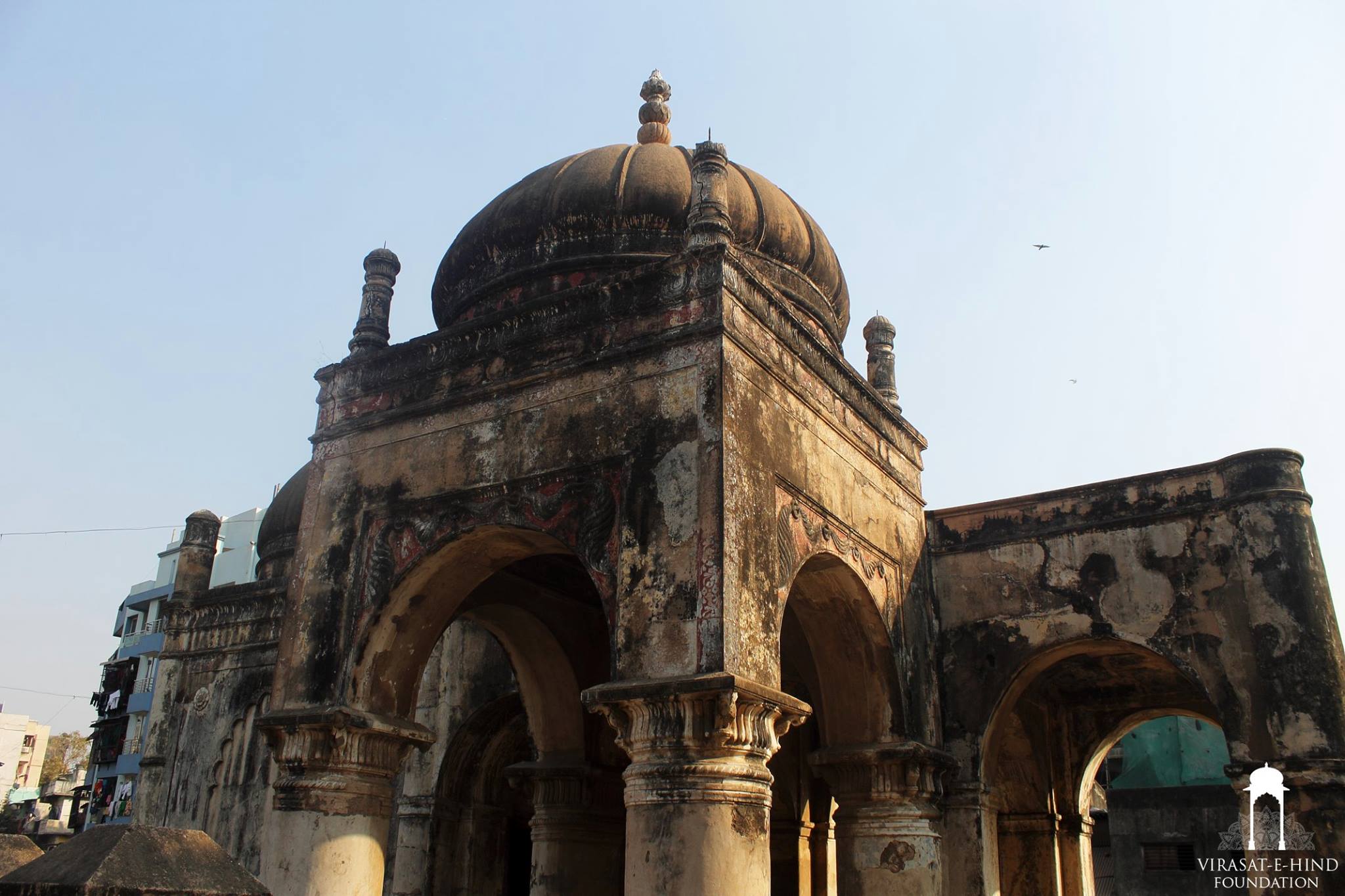
Historians say that Armenians from Persia migrated to Surat and established a settlement there during Akbar’s time. They were traders, and they also built two churches. Parts of these are still standing today.
Today, there is only one remaining evidence of the Armenian’s existence in Surat-Gujarat: the cemetery on the banks of Tapi. This structure is the tombstone of “the noble lady Marinas, the wife of the priest Woskan. She was taken to the Lord of Life, a soul-afflicting cause of sorrow to her faithful husband, in the year 1028 of our Armenian era,” or 1579 A.D.
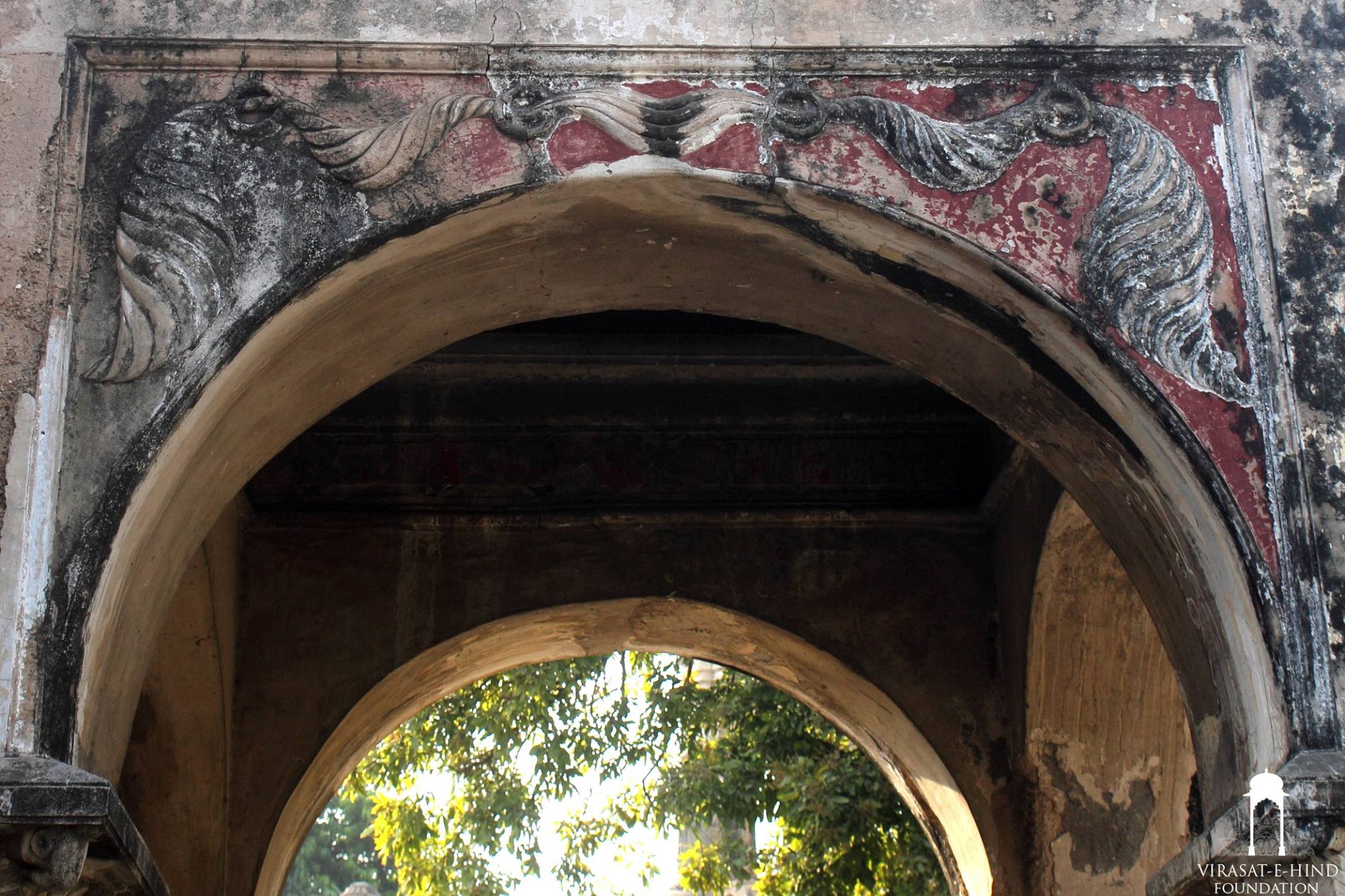
Famous Armenians in India
Armenian Diaspora populations existed in Delhi and the western coastal town of Surat during the 16th, 17th, and 18th centuries.
Armenians in Surat were mainly merchants who operated their own private ships for trading with Europe. They bought and sold jewelry and precious stones.
On the other hand, many others were involved in cotton and silk weaving, transporting their products outside India on Armenian-owned ships. One such shipowner was Khojah Minas. He was a successful Armenian merchant known as “the President of the Armenians at Surat.”
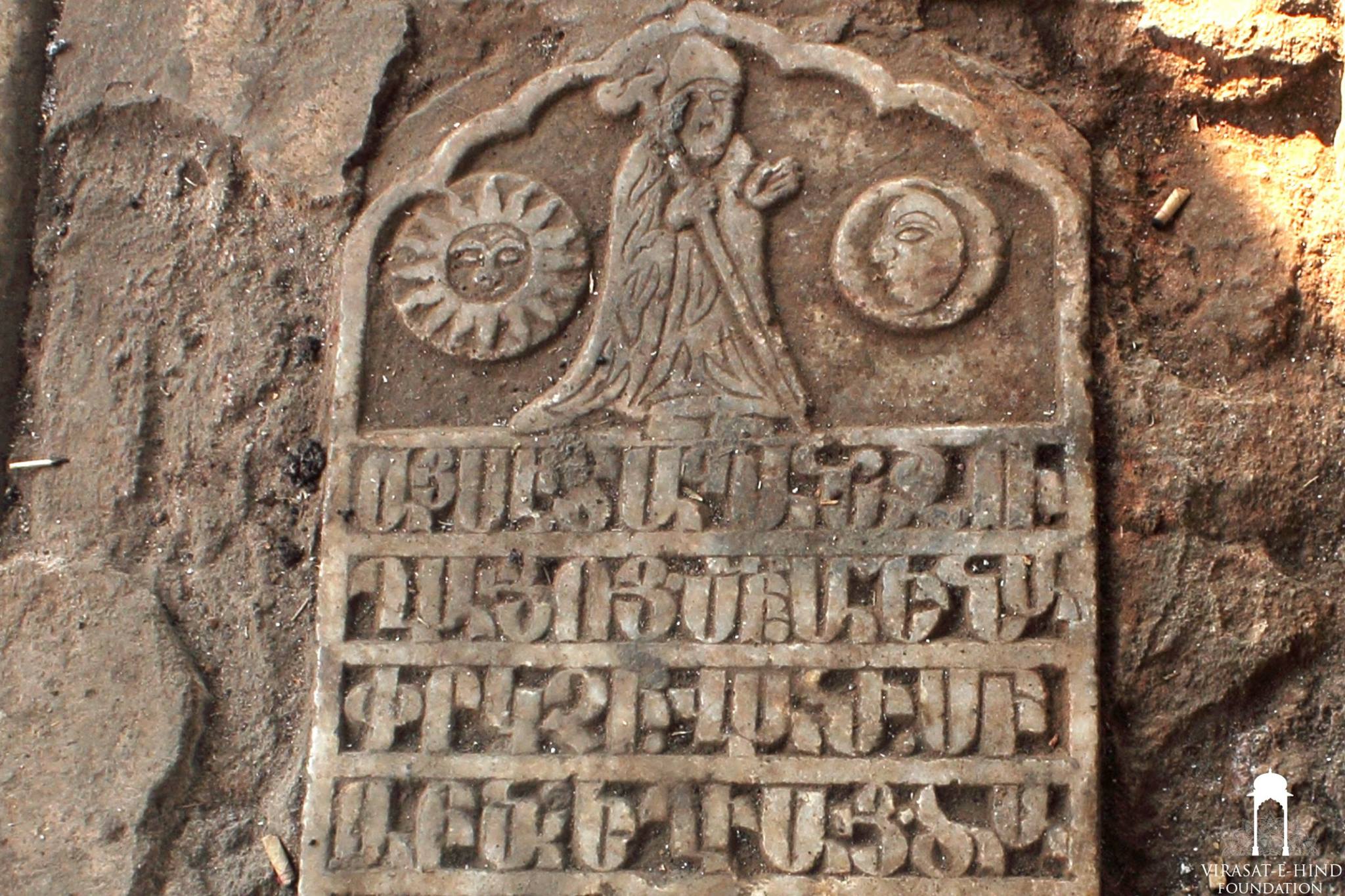
Khojah Johannes Rafael was a prominent 18th-century jewel merchant from Surat. He bought a famous Indian diamond that weighed 195 carats. Later, he sold it to Russian Prince Orloff in 1775. Orloff gave the gem to Empress Catherine II, who had it set in the Imperial Russian scepter.
Hripsimeh Leembruggen was born in Surat in 1778. She was the daughter of Eleazar Voskan, a wealthy Armenian merchant. Hripsimeh married Robert Henry Leembruggen, a Dutch employee of the East India Company in Surat.
After her father’s death, she inherited a lot of money and jewels. She used this money to start her own business. When she died in 1833, she donated all her money to religious, educational, and charitable institutions that helped orphans.
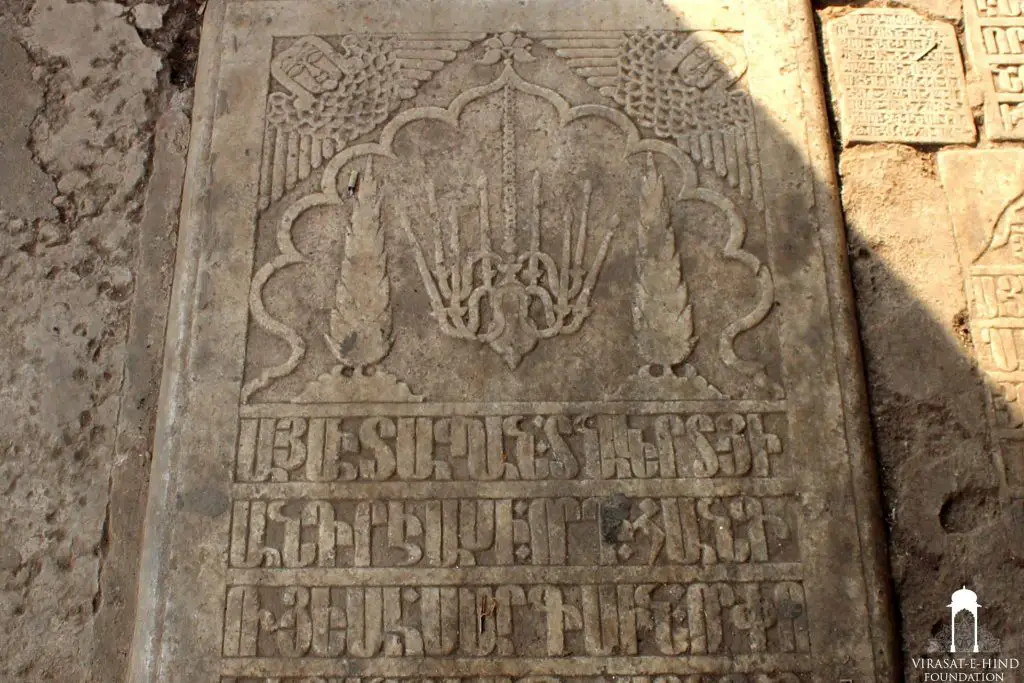
The British respected the business skills of Armenians in India during the 17th century. The British tried to win their cooperation to get trading privileges in India. The English agreed with the Armenian Nation in London on June 22, 1688.
The Armenians were represented by Khojah Phanoos Kalandar. He was a very important merchant and the head of the Armenians in India.
Armenians in Calcutta (Kolkata), India, celebrate Christmas.
There are about 300 Armenians living in Kolkata. They celebrate Christmas yearly, but they do it differently than other Christians. The Orthodox Armenian Church celebrates Christmas on a different day.
Some Armenians believe that nobody knows the exact date of Christ’s birth, so they celebrate the Advent Period. The celebration starts with a mass at the Armenian Church of the Holy Nazareth. This culminates in Christmas on January 6.
The priest stands with his back to the congregation during the service. This is because the ‘body and blood of Christ are kept in the Tabernacle on the altar. The priest cannot turn his back on God.
The crucifix is brought down during service and used to bless a baptismal font full of water. This makes the water holy and can be used throughout the year. The water is also blessed with holy oil.
This oil is mixed with the same oil that St Gregory used when he took Christianity to Armenia. The ingredients in this oil have been used for over 2,000 years.
The priest doesn’t touch the Bible directly; he wraps it in silk cloth and doesn’t read from it either. He sings praises unto The Lord instead. The service is always in Armenian.
The Church at Armenian Street was first named after the founder, Aga Nazar. But over time, it came to be called the Armenian Church of the Holy Nazareth.
After Church, the Armenians got together for Christmas lunch. Over the years, the Armenian community in Kolkata has adopted Anglo-Indian cuisine as most ingredients used in Armenia aren’t available here. One of Bengal’s favorite dishes is called ‘ Potoler Dorma.’ It comes from Armenia. We use grape leaves to wrap the mincemeat.
